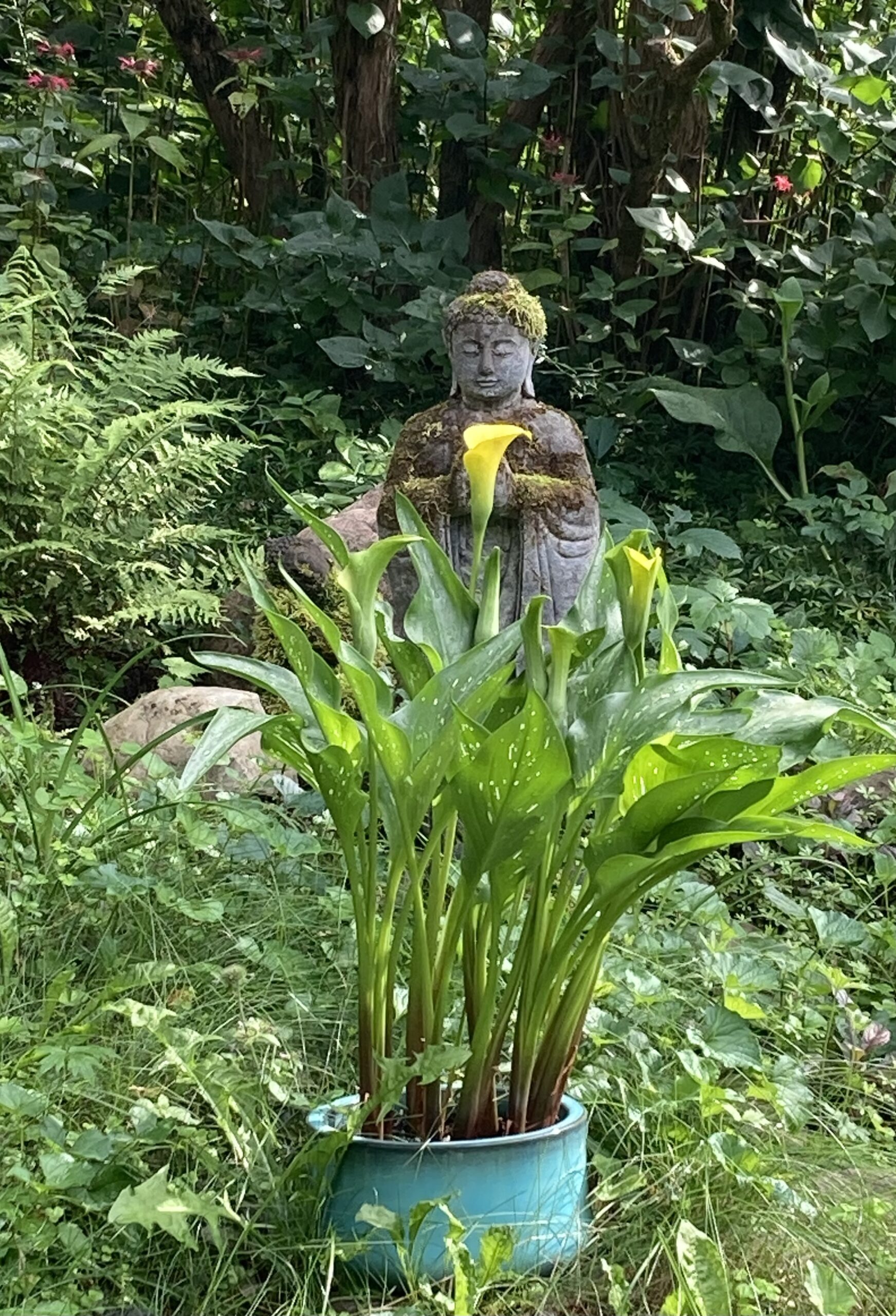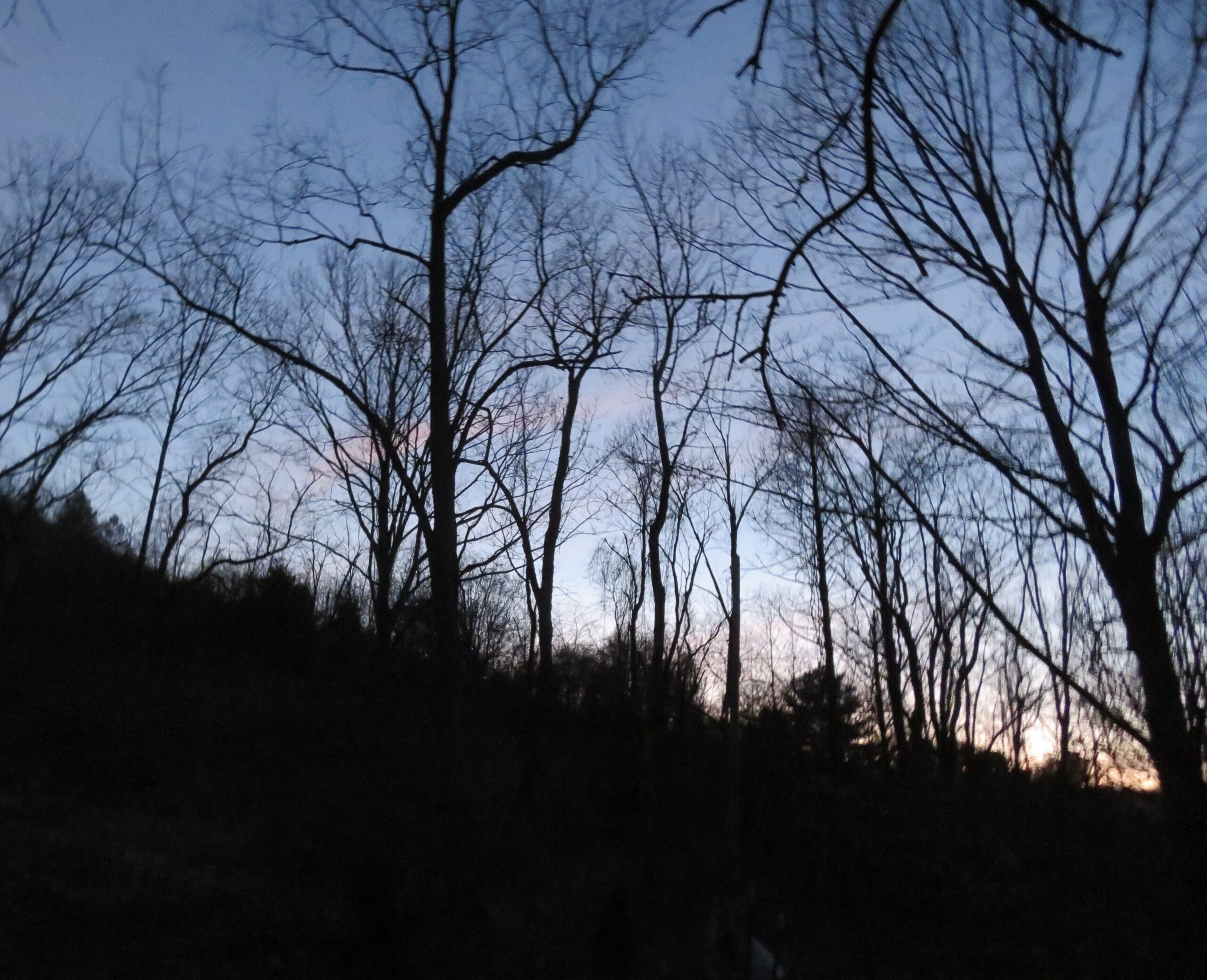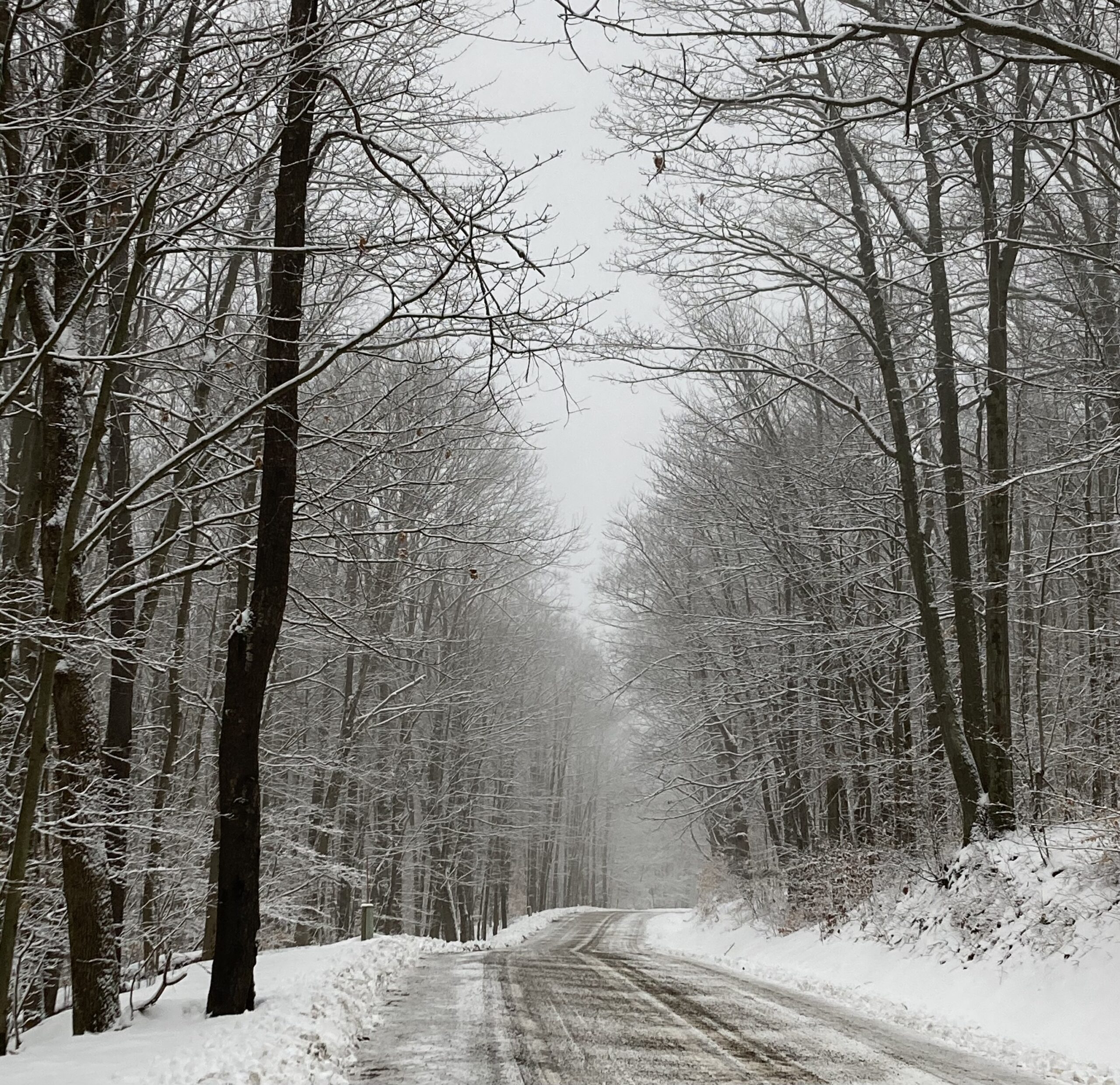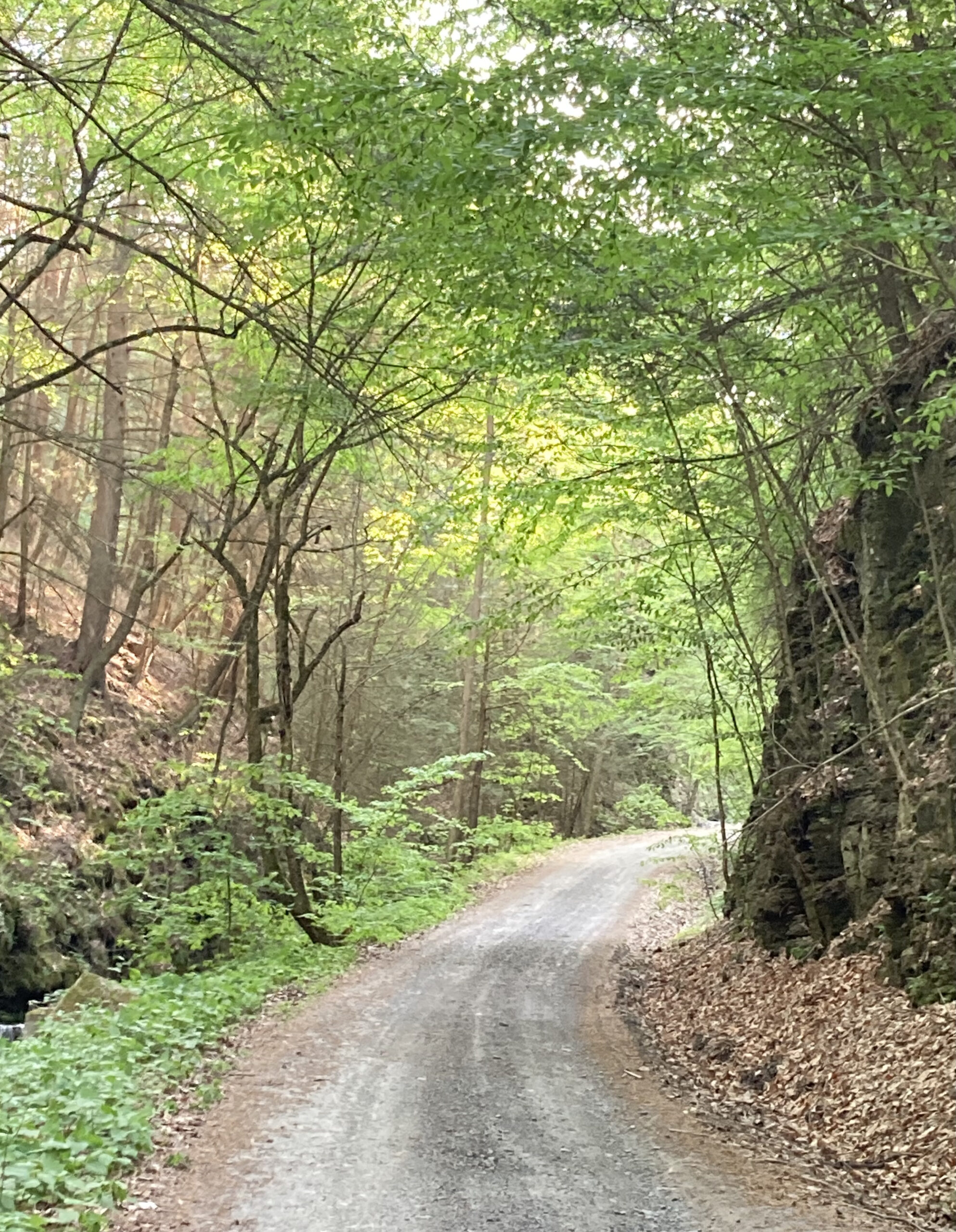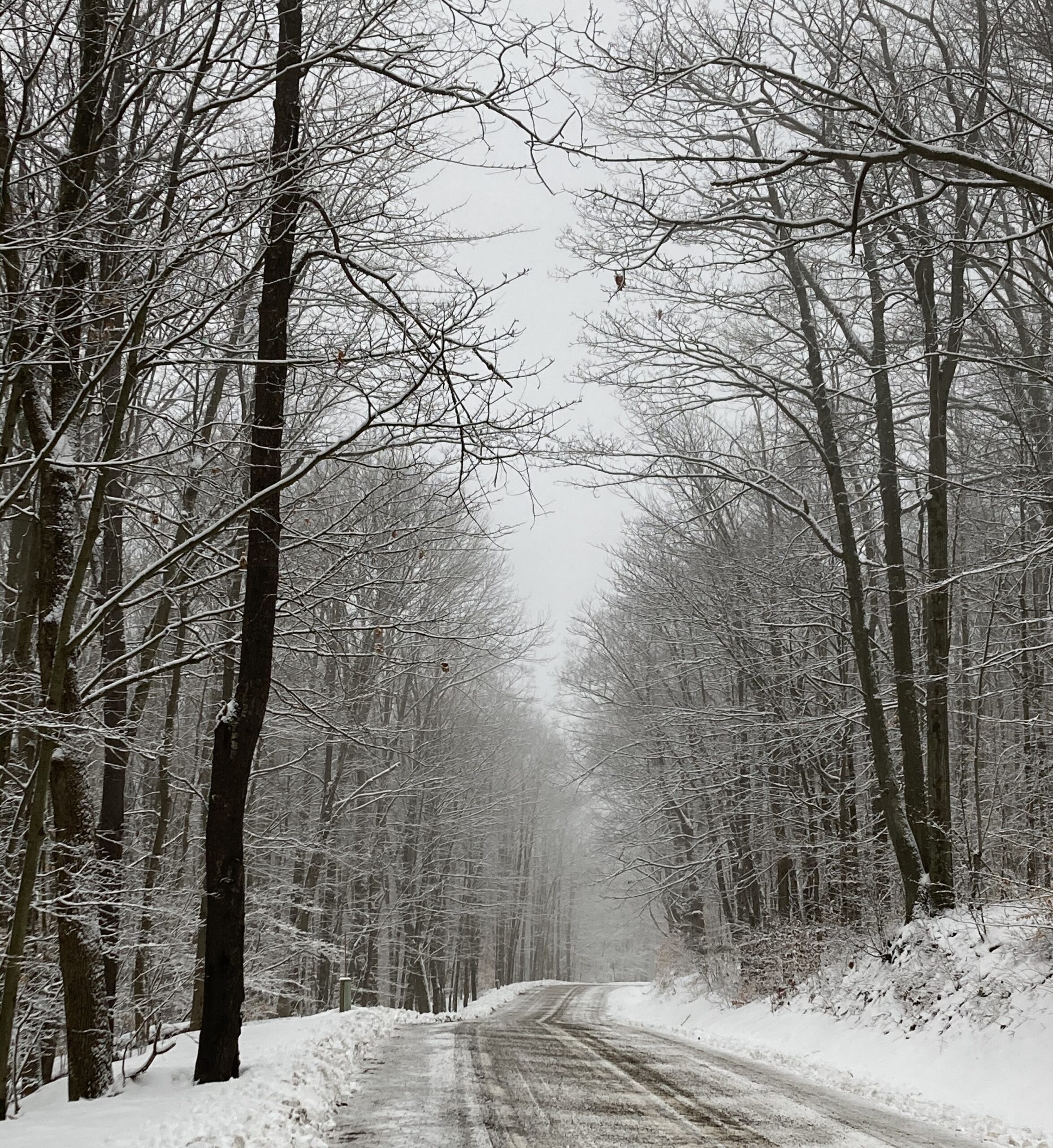We all know those moments when we so want to talk to a friend. It might be with one particular person; or it might be a cry to just talk with someone, anyone who cares or knows us, and who will listen. There are moments when we realize something we didn’t say, or regret saying. There are moments when something is just turning over and over inside us, shaking the nerve pathways. And we yearn to reach out. There are moments when we wonder, who is it I can talk to that will understand?
But I wonder⎼ this drive can be so compelling. What is it we think we gain from sharing? What do we feel will happen or change by the act of opening our mouths and speaking? I doubt it’s just a release of pent-up emotion that we crave. And it must be something more than simply sharing with someone important to us something that’s important.
I’ve had some medical issues lately. And part of me wants to keep it all to myself, so in my own eyes and the eyes of the world, I appear healthy. But the questions about how to understand my health abound. What does this pain mean? Is there a diagnosis? The not-knowing can be frightening. A definitive explanation or label, even a scary one, can provide such relief.
And this is so true for all that goes on inside of us. When we look inward, hear a thought, feel a sensation or feeling, how do we know with any surety what it means? It’s so difficult to make sense of all that goes on inside us. We can feel our heart beating slowly or quickly. We can feel tension in our belly, a rawness in our gut, heat in my palm. But there are no bold printed signs on my inner roadways saying, “here I am” and “this is truth.” Our inner world is so vast and elusive⎼ and tricky. Anything we experience can be interpreted in so many ways.
And what about the strong impulse to share whatever news we have, about our health or any event in our lives? How much should we share? Our state of health is part of our identity. When we talk, we create a perspective on who we are. In a way, we try to shape reality itself. We select words, images, and create stories with ourselves as the main character. We become the hero or heroine of one version of our lives. This gives our struggles meaning and importance.
But to select, we limit and distort. We describe the indescribable; we create walls or boundaries around what is naturally boundaryless. And we think of these boundaries as points of distinction, or separation, even isolation. So, how do we speak so it serves us instead of isolates us?
By creating a story of a self, we create something another person can relate to. By selecting a feeling or experience to share, we give another person a chance to enter our experience, to climb inside with us. Boundaries also create points of contact. A hand not only touches but can be touched.
And as I said earlier, our inner lives can be so fuzzy and confusing, so vast and limitless. Saying something about ourselves to another person is in a way a personal experiment. How we interpret our inner signals and outer events is crucial. We try one story and see if it holds up and feels right. Not only in the eyes and mind of the other person, but how it feels in our own mouth. We use conversations with others to make the fuzzy clear and give reality to ourselves. In making ourselves real to others, we become more real to ourselves.
But we need to be careful here….
*To read the whole post, please go to The Good Men Project.


